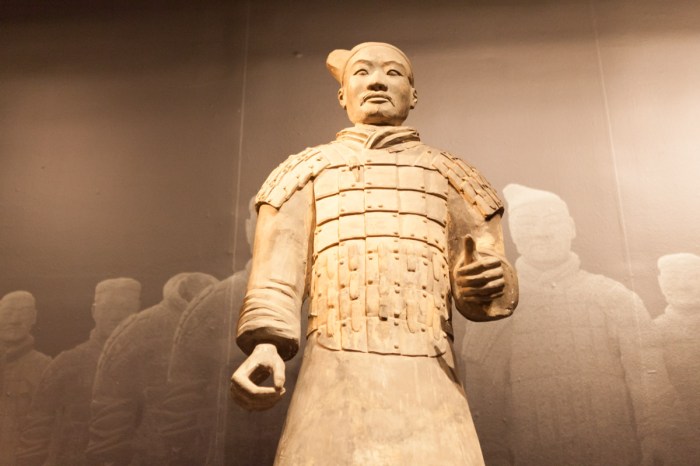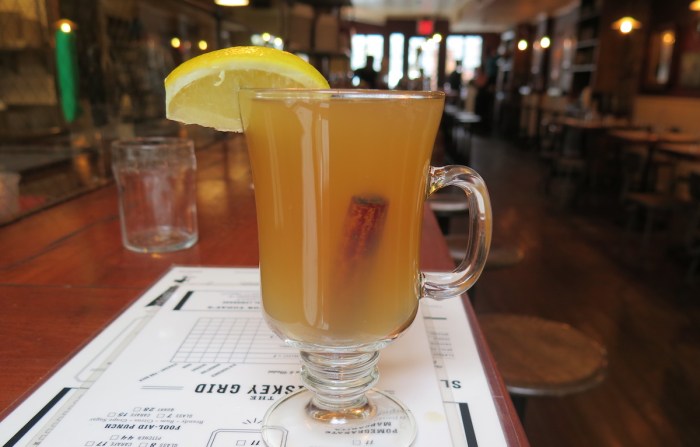Street art can be beautiful, experimental and unifying. But as far as Mikhail Novikov is concerned, if it’s not controversial, it’s not the real deal.
“Street art stands for the controversy,” he explains. “It says a lot of the things that some people do not want to say, and that’s a big thing to me because art itself has to have some kind of message.” RELATED: How costumes make the Star Wars universe seem real And Novikov, 25, wants to give that message a new venue. After working as, essentially, a commercial street artist making signage and stencils for buildings, he quit his job in July and bought the defunct 210 Gallery in South Slope. The former contemporary art space was to be his own studio, but in the process of renovating it he considered what would serve the neighborhood and the people around him, and changed course. “I was looking at its past history as being an art gallery, and me being in design, manufacturing, working with a lot of artists, I figured, we’ll throw an event for one of my good friends,” he says. That friend is AINAC, or Art Is Not A Crime, who’s known for his Abraham Lincoln stencils. His one-man show, Art Is Not the Crime, will open the gallery on Thursday, Nov. 19. Stenciling a technique common in street art, but Novikov says don’t just expect a series of canvases about our 16th president.
“In the display, there are going to be art installations that try to take the outside inside, so to speak,” he says. “I want it to be a nice surprise for the show, but it will be unique.”
RELATED: Silicon City:Computing didn’t start with Steve Jobs — or in California The gallery’s fate as a display space isn’t guaranteed — Novikov says this weekend’s exhibit will serve as a test for whether there’s interest in the concept, which does sound somewhat oxymoronic. The surfaces of the street are often essential to an artwork’s meaning,so the medium becomes part of the message. In this respect, however, providing gallery space makes more sense than a wall or lamppost, where street art can be defaced or removed. A gallery collects what is often disjointed, unloved, easily damaged or simply erased, either with paint or demolition. Perhaps most importantly, it’s a space where the artist doesn’t have to fear arrest, which is what happened to AINAC in 2014.
“We really want to see the feedback,” he says. “Street galleries are very rare and unique in their way.”
Art Is Not the Crime
Nov. 19-22
210 Gallery, 210 24th St., Brooklyn
Free with RSVP, 21+


















